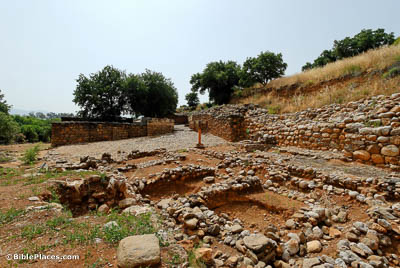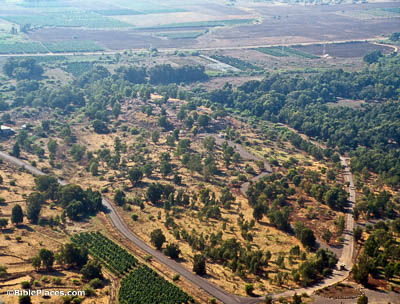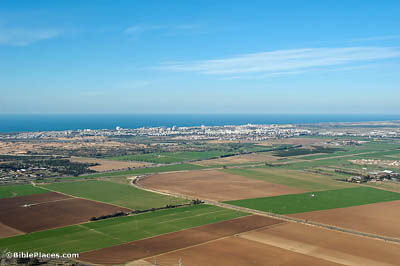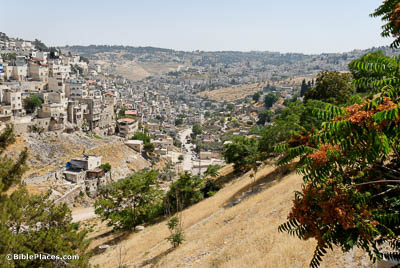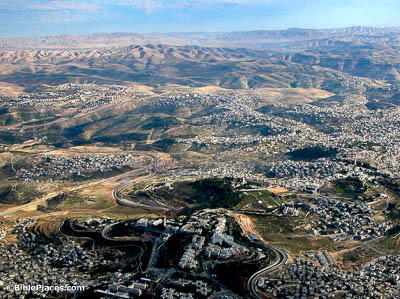Absalom rose up early, and stood beside the way of the gate (2 Samuel 15:2).
Tel Dan’s gate system provides the best archaeological window into the varied purposes of Israelite gates. Besides the double four-chambered gates, this complex includes two separate shrines made up of a row of standing stones, a marketplace, and a throne. Notably, 1 Kings 22:10 indicates that there was a throne and a threshing floor at the entrance of the gate of Samaria.
